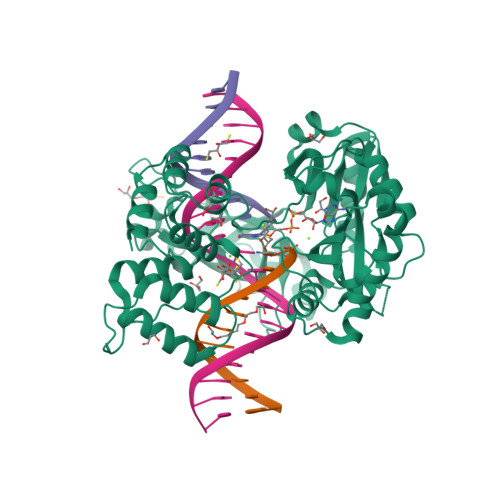

I love learning about the history of certain experiments, studies, and researchers, and Genome provides a lot of that.

“The genome is a book that wrote itself, continually adding, deleting and amending over four billion years.”īringing textbooks to life. It’s a good mix of general and specific information, and I think that allows a broader audience of readers to pick up this book and read it with ease. Sometimes he’ll brush past certain biological pathways by mentioning that A activates B, B releases C, and C leads to our output of interest (where letters are actually letters and not some complicated words), and other times he’ll appeal to the more science-loving readers by going through which specific neurotransmitters, proteins, etc. Ridley has taken away the majority of that jargon, replacing “nucleotides” with “letters” that make up “words” in the “book” of the genome. Overall, I thought the organization was interesting, logical, and very fun.īiology can be easy to understand! The one thing about science that makes it difficult to approach is that there’s a ton of jargon. The flow from chapter to chapter is also effortless, as we start learning about DNA, chromosomes, and genes in Chapter 1, evolution in Chapter 2, and more focus shifting to human behavior and characteristics (like intelligence and diseases) in later chapters. For example, Chapter 5 was all about asthma susceptibility genes on chromosome 5, and the broad theme was on the environment and gene-environment interactions. He centers the chapters around these chromosomes, and specifically, on one particular gene or topic of interest.


We have 23 pairs of chromosomes in our cells, and Ridley has arranged the book based on these chromosomes: from the largest chromosome (chromosome 1) all the way to the smallest (chromosome 22 the twenty-third pair are the sex chromosomes, which are actually fairly big and so lie in the middle of the book). DiscussionĬlever organization of the chapters for each chromosome. With the first draft of the human genome due to be published in 2000, we, this lucky generation, are the first beings who are able to read this extraordinary book and to gain hitherto unimaginable insights into what it means to be alive, to be human, to be conscious or to be ill.īy picking one newly discovered gene from each of the twenty-three human chromosomes and telling its story, Matt Ridley recounts the history of our species and its ancestors from the dawn of life to the brink of future medicine. Title: Genome: the Autobiography of a Species in 23 ChaptersĬategory: ( Non-Fiction) Science / Biology Introduction


 0 kommentar(er)
0 kommentar(er)
